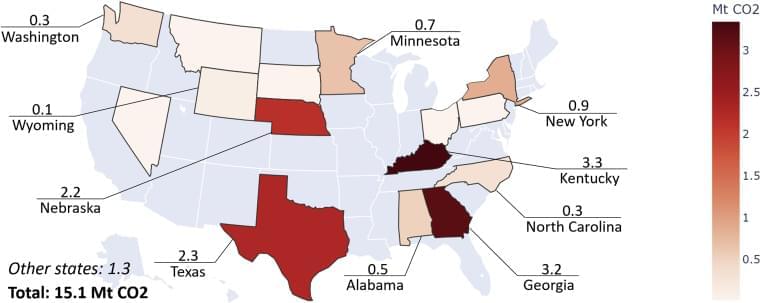
Get the latest international news and world events from around the world.


Pentagon wants Moscow back channels to prevent nuclear escalation
“Now that Ukrainian airspace is in dispute and being contested and Ukrainian airspace runs right up alongside NATO airspace, we have conveyed to the Russians that we believe a conduit at the operational level is needed … so we can avoid miscalculation,” a senior Pentagon official told POLITICO. “And we have not received any response from them in terms of whether they agree, whether they are willing to set something up.”
As the U.S. and NATO rush weapons into Ukraine, DoD officials want more military channels to Putin’s top leaders. But Russia’s not picking up the phone.







Developing Time Crystals for Use in Real-World Applications
Time crystals that persist indefinitely at room temperature could have applications in precision timekeeping.
We have all seen crystals, whether a simple grain of salt or sugar, or an elaborate and beautiful amethyst. These crystals are made of atoms or molecules repeating in a symmetrical three-dimensional pattern called a lattice, in which atoms occupy specific points in space. By forming a periodic lattice, carbon atoms in a diamond, for example, break the symmetry of the space they sit in. Physicists call this “breaking symmetry.”
Scientists have recently discovered that a similar effect can be witnessed in time. Symmetry breaking, as the name suggests, can arise only where some sort of symmetry exists. In the time domain, a cyclically changing force or energy source naturally produces a temporal pattern.
